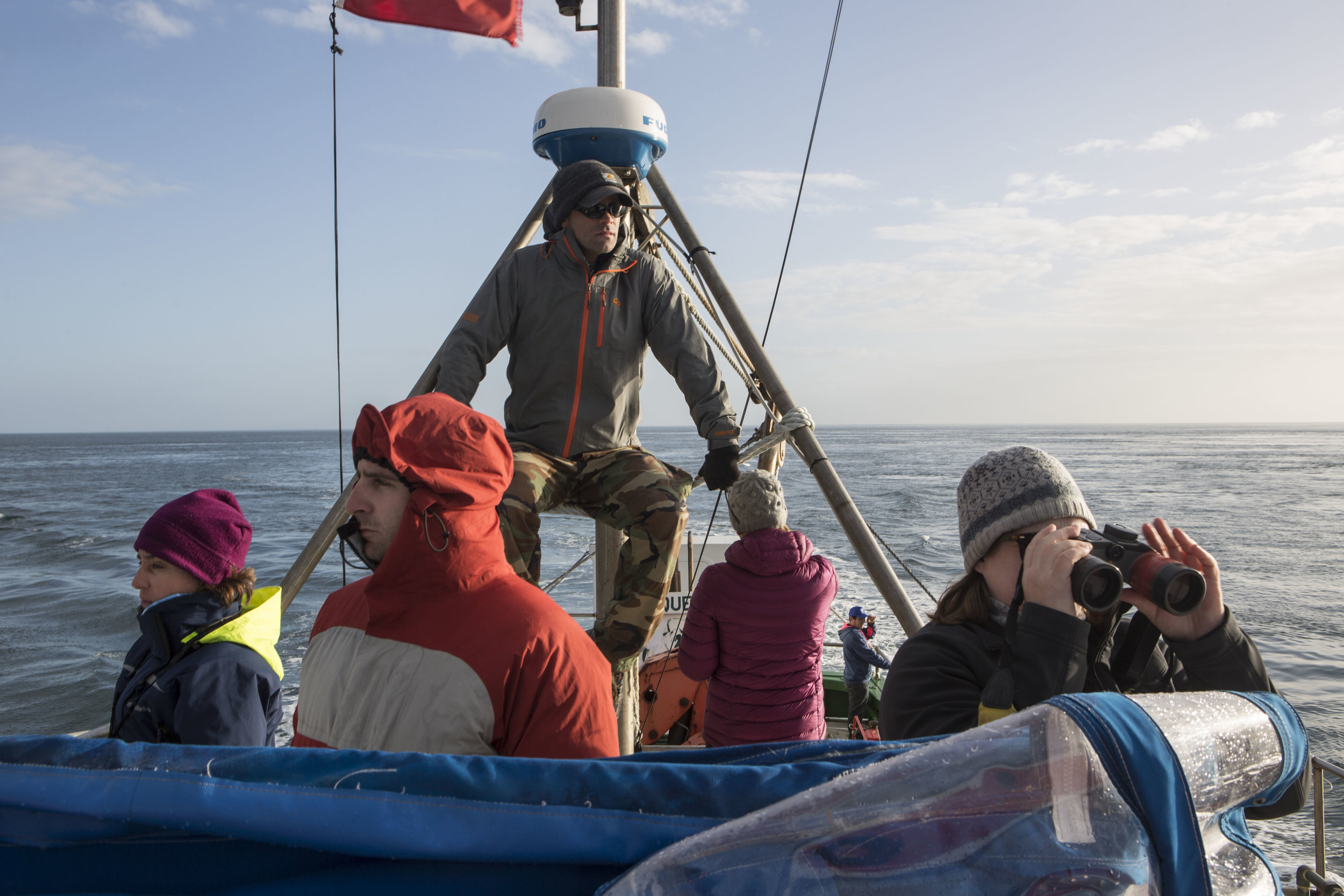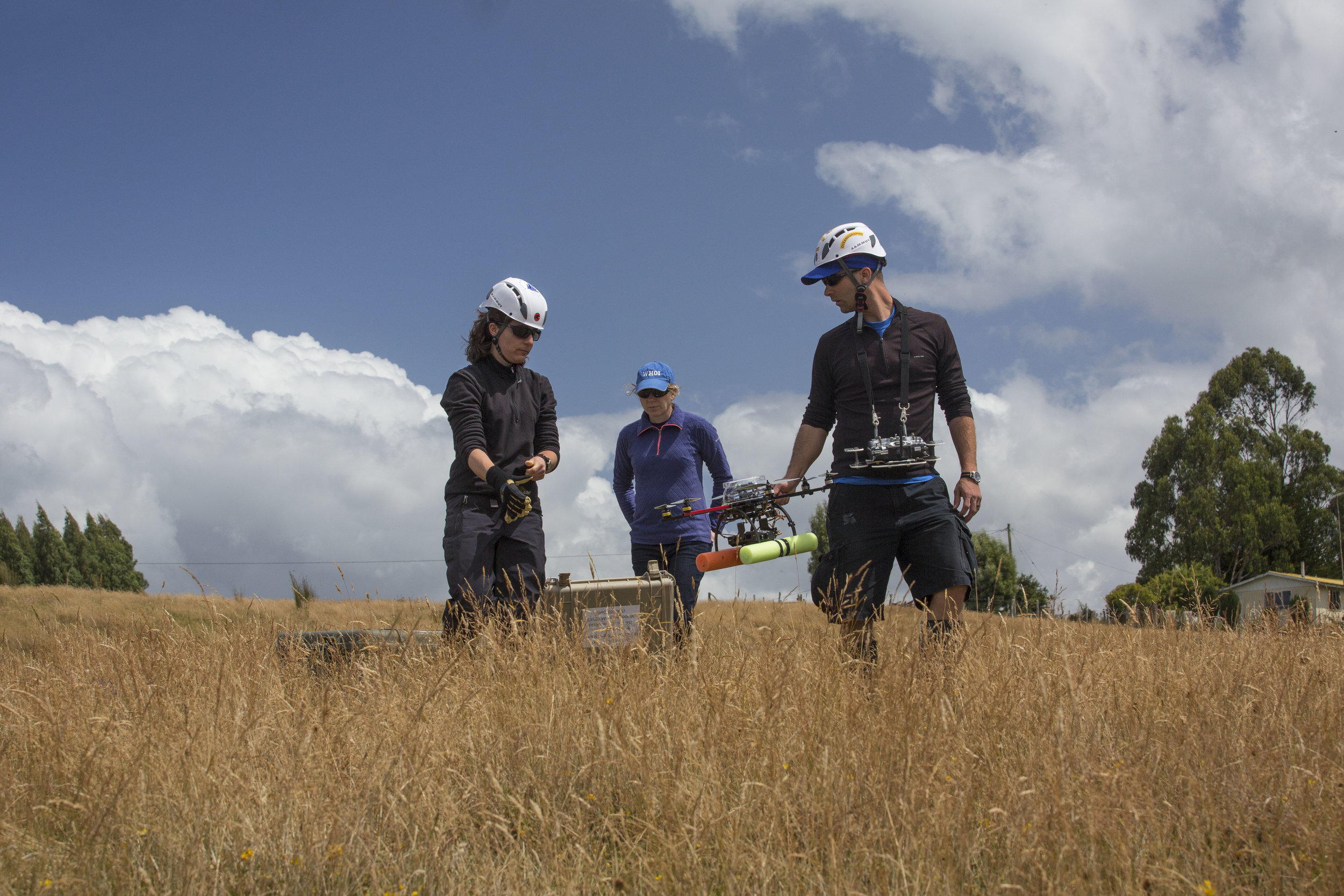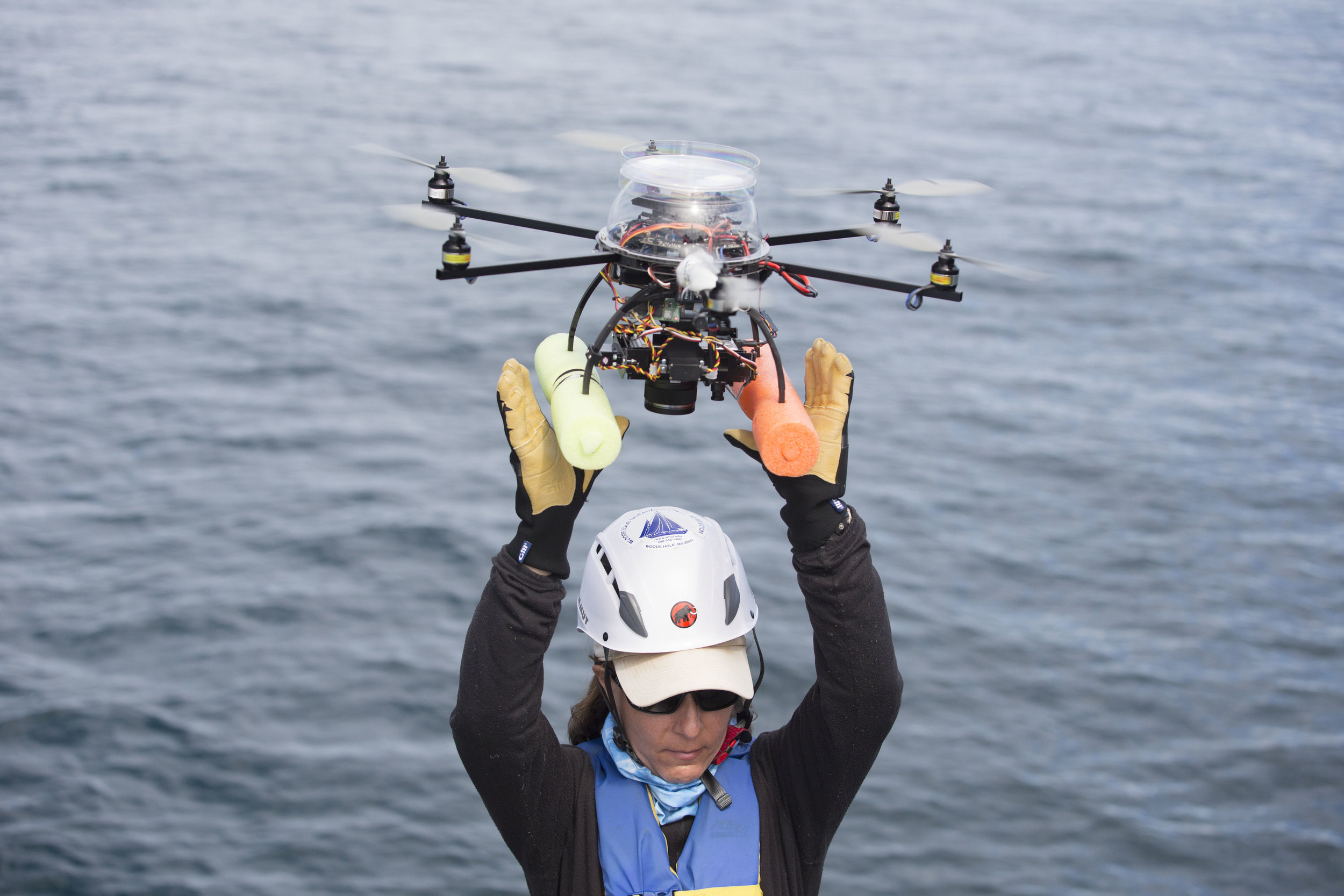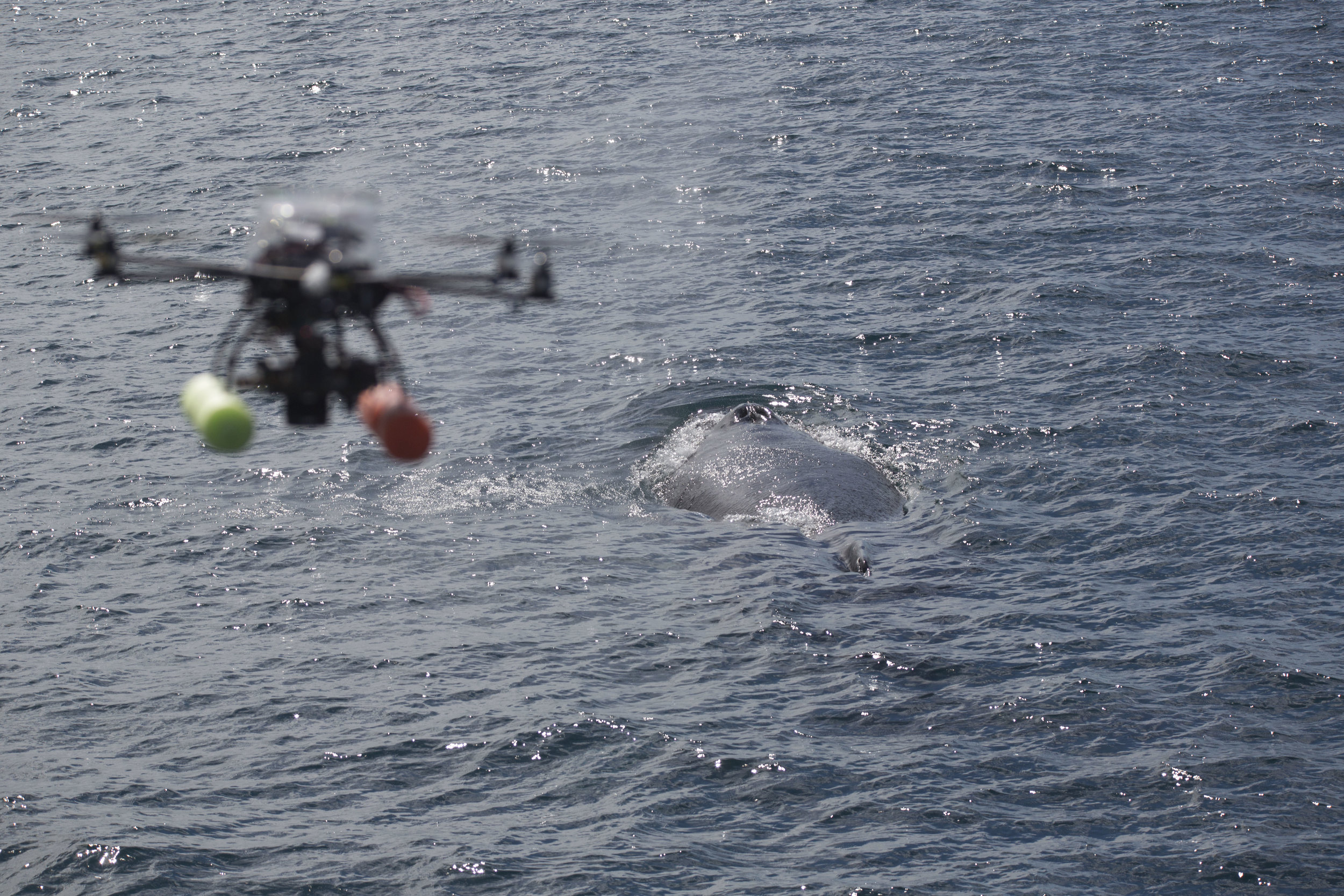NEWS
Come here to see what’s happening!
28-Aug-2024
Read a short blog about our field research in Panama - written by Ursinus Sophomore, Nick Washington
17-Aug-2024 - Read a short blog about our field research in Panama - Written by Ursinus Senior, Makayla Baessler
1-Sept-2023: I started a new position at Ursinus College! Exciting times!
1-Dec-2022 - Two Papers Accepted!!!
More info coming soon!
21-July-2022 new paper out today!!
Visual Health Assessment and Evaluation of Anthropogenic Threats to Arabian Sea Humpback Whales in Oman
https://journal.iwc.int/index.php/jcrm/article/view/336
Great write-up about my work with student Colin Perkins-Taylor and his journey to marine mammal biology in the Swarthmore Alumni Magazine. Whales even made the cover!! Check it out here: https://magazine.swarthmore.edu/issue/fall-2021/in-deep/
New Adventures Await!!
Beginning in September of 2021, I will be taking my passion for biodiversity conservation to the US Geological Survey as part of their National Climate Adaption Science Center as a AAAS Science and Technology Policy Fellow. In this role, I'll be a part of a team coordinating international biodiversity agreements and domestic assessments of biological diversity and ecosystem services for responsible and sustainable decision-making. So excited to learn and contribute to solving global crises at the intersection of science and policy! June 2021 - New paper out!!! Swarthmore undergraduate Sophie Nasrallah and I co-authored the first nation-wide camera trap study! Huge dataset!!
Cove MV, … LESLIE MS, Nasrallah SL*, et al. 2021. SNAPSHOT USA 2019: the first coordinated national camera trap survey of the United States. Ecology. https://doi.org/10.1002/ecy.3353
17-March-2021 - NEW PAPER OUT!!! Check it out!! We found divergent selection in spinner dolphins at genes associated with social behavior. This correlates strongly with differing breeding strategies and resource availability! So cool!!
Andrews KR, Epstein B, LESLIE MS, Fiedler P, Morin PA, Hoelzel AR. 2021. Genomic signatures of divergent selection are associated with social behavior for spinner dolphin ecotypes. Molecular Ecology. https://onlinelibrary.wiley.com/doi/pdfdirect/10.1111/mec.15865
31-March-2021 - Congratulations to lab alum Colin Perkins-Taylor on being accepted to the MS program in Marine Biology at the College of Charleston!!
OCTOBER 2020 - NEW PAPER!!
Body size data collected non-invasively from drone images indicate a morphologically distinct Chilean blue whale (Balaenoptera musculus) taxon
In Endangered Species Research
CONGRATS LOUIS!!!!
Louis Kant ‘22 Wins “Best Speed Talk” at the 2020 virtual Student Conference for Conservation Science!!! Way to Go Louis!!Check out his Presentation Here: https://www.youtube.com/watch?v=H8NOiSsImHs&feature=youtu.be
Students Louis Kant ‘22 and Julie Xu ‘22 present at the Student Conference on Conservation Science at the American Museum of Natural History in New York City (virtual)
2-September-2020: PAPER ACCEPTED!!!!
Another paper accepted! Lead by A Jen Jackson (far right below) at the British Antarctic Survey. This one was the result of some very tough work in South Georgia - Stay tuned for more!!
Photo by Amy Kennedy(second from the left bottom row Birkenstocks and socks!)
(https://amyskennedy.com/ and more of her beautiful photos here: https://www.wildkennedy.com/)
24-July-2020: PAPER ACCEPTED!!!!
super-excited about this one!
Amazing Colleagues and Fun/Tough research - Stay tuned for more!!
Photo by Dani Casado (http://www.danicasado.com/)
28-Apr-2020: PAPERS ACCEPTED!!!!
Huge thanks to my colleagues Drs. Amy Apprill and Emma Carroll for leading these efforts!
Appril A, Miller C, Van Cise AM, J Uren, Leslie MS, Weber L, Baird R, Robins J, Landry S, Waring G. ACCEPTED. Marine mammal skin microbiomes are influenced by host phylogeny. Royal Society Open Science.Carroll EL, Ott PH, McMillan LF, Vernazzani BG, Neveceralova P, Vermeulen E, Gaggiotti OE, Andriolo A, Baker CS, Bamford C, Best P, Cabrera E, Calderan S, Chirife A, Fewster RM, Flores PAC, Frasier T, Freitas TRO, Groch K, Hulva P, Kennedy A, Leaper R, Leslie MS, Moore M, Oliveira L, Seger J, Stepien EN, Valenzuela LO, White B, Zerbini A, Jackson JA. ACCEPTED [COVER]. Genetic diversity and connectivity of southern right whales (Eubalaena australis) found in the Chile-Peru wintering ground and South Georgia/Islas Georgias del Sur feeding ground. Journal of Heredity.See Links in Publications Page
28-Apr-2020: I’m excited to welcome Jiyhe Yoon and Louis Kant as interns in my lab for the summer of 2020! We will be working on phylogenetics and taxonomy of balaenopterid whales!
Introducing Norrisanima miocaena!! A stem rorqual whale from the Miocene, first described as a close relative to the extant humpback whale (genus Megaptera). Carlos M. Peredo, Nick Pyenson, and I redescribed this important specimen in a recent Open Access PeerJ paper!
The cranium of norrisanima miocaena - see our redescription in this new paper in PeerJ: https://peerj.com/articles/7629/
In this new PeerJ Paper we redescribe the type specimen of Megaptera miocaena in the context of other fossil balaenopteroids discovered nearly a century since Kellogg’s original description and provide a morphological basis for discriminating it from Megaptera novaeangliae. We also provide a new generic name and recombine the taxon as Norrisanima miocaena, gen. nov., to reflect its phylogenetic position outside of crown Balaenopteroidea, unrelated to extant Megaptera. Lastly, we refine the stratigraphic age of Norrisanima miocaena, based on associated microfossils to a Tortonian age (7.6–7.3 Ma), which carries implications for understanding the origin of key features associated with feeding and body size evolution in this group of whales.
See the new paper here: -> https://peerj.com/articles/7629/
American Society of Mammalogists - Washington D.C. June 2019
Swarthmore College students Sophie Nasrallah, Colin Perkins-Taylor, and Jihye Yoon attended the ASM meeting in DC. Sophie and Colin presented posters on their research in my lab!!
Sophie Nasrallah
Sophie presented our preliminary results examining the impacts of human land use on mammal fauna (both spatially and temporally) using camera trap data collected in the Crum Woods. Way to go Sophie!
Colin Perkins-Taylor
Colin presented a poster at ASM on blue whale research he and I are currently writing up for submission. We used drones to measure Chilean blue whales and compare these measurements to whaling records to determine if the Chilean group is unique. Great Work Colin!!
PAPER PUBLISHED (27-Oct-2018):
This paper is the compliment to my 2016 paper using nuclear DNA SNPs to infer population structure of spinner and spotted dolphins in the eastern tropical Pacific Ocean (ETP). We sequenced DNA from the entire length of the mitochondria genome to complete our understanding of the subspecific structure in these ETP dolphins. Sadly, these dolphins are still trying to claw their way back from massive reductions in abundance due to bycatch in the tuna fishery (i.e., they’re the reason we have “dolphin-safe” tuna). It’s really important to know how the dolphin populations are naturally structured genetically in order to protect them in the most effective and efficient way possible. HERE IS THE LINK TO THE PAPER: https://onlinelibrary.wiley.com/doi/full/10.1111/mms.12545
PANTROPICAL SPOTTED DOLPHIN (PHOTO BY R.L.PITMAN @NOAA FISHERIES).
New Paper out in Royal Society Open Science! Here's the direct link http://rsos.royalsocietypublishing.org/content/5/4/171615
And here is a great write-up from Smithsonian Insider: https://insider.si.edu/2018/05/some-dolphins-cross-the-pacific-more-easily-than-others-why-that-matters-for-protecting-them/
Structure and phylogeography of two tropical predators, spinner (Stenella longirostris) and pantropical spotted (S. attenuata) dolphins, from SNP data
south Georgia Island right whale study
Heading out next week to join the first-ever study of Southern Right Whales on their feeding grounds near South Georgia Island. Learn more about our objectives and follow along with our BLOG here: https://best-whaleswim.eu/blog/
I'll be the Pilot in Command for the drone operations to collect aerial photographs for quantifying body condition and 'blow' samples for microbiome analysis. This study is lead by Dr. Jen Jackson at the British Antarctic Survey. Our home away from home is the Song of the Whale - a state of the art research sailboat! See photo below. Read more about the study here: https://www.bas.ac.uk/media-post/expedition-to-health-check-southern-right-whales/September 2017: Earlier this month, I was awarded the Secretary's Distinguished Research Fellowship to continue my investigations of the balaenopterid family tree. I'm excited for the opportunity to uncover more secrets of whale evolution with this prestigious opportunity.
You can Learn more about the Fellowship here: https://www.smithsonianofi.com/fellowship-opportunities/secretarys-distinguished-research-fellowship/
PUBLISHED: Special Issue of Marine Mammal Science on delimiting subspecies of cetaceans using primarily genetic data
Table of Contents Here: http://onlinelibrary.wiley.com/doi/10.1111/mms.2017.33.issue-S1/issuetoc
We published a special issue of Marine Mammal Science this month providing quantitative standards and guidelines for delimiting subspecies of cetaceans.
FUNDING AWARDED from U.S. Marine Mammal Commission for our proposal investigating the molecular systematics of Gulf of Mexico Bryde's whales.
In May, I attended the Scientific Committee of the International Whaling Commission in Bled, Slovenia
My Invited Participant Badge from the IWC in Bled, Slovenia.
"One of the hallmarks of the Smithsonian Institution’s James Smithson Postdoctoral Fellowship is the opportunity to gain an understanding of the interplay between scholarship and public policy. In May 2017, Dr. Matthew S. Leslie – the Secretary G. Wayne Clough Fellow (awarded through the James Smithson Fellowship Program) at the Smithsonian’s National Museum of Natural History (NMNH) & National Zoological Park (NZP) – was invited to do just that on an international scale."Read more here:
https://www.smithsonianofi.com/blog/2017/06/21/a-whale-of-a-time/
Chilean Blue Whale Drone Cruise 2017
Just back from Chilóe!! - here are some excellent photos of our work; More updates to come!!
Research in collaboration w. amazing colleagues at Woods Hole Oceanographic Institution & Fundacion MERI
photos by www.Danicasado.com
Published in Frontiers of Marine Science: Leslie & Morin - Using Genome-Wide SNPS to Detect Structure in ETP Dolphins!!
http://journal.frontiersin.org/article/10.3389/fmars.2016.00253/abstract#
Millions of dolphins were killed in the eastern Pacific tuna fishery. This is why we have "dolphin-safe" tuna now. Thankfully, now only a relatively small number of dolphins are killed. But despite this, the dolphin numbers remain low - they haven't shown signs of recovery. In this study, I used large scale DNA data to solve a sticky question of how many breeding groups (i.e., populations) of dolphins were/are affected by this fishery. This is important because even the lower kill rate could impact recovery if it was concentrated on a small local population. For one of the species I studied, my data showed four populations: three that were known and one that was suspected. This means we were managing three of the four populations correctly. The one we weren't getting right is a small local population that needs special protection.
Knowing how many populations live in this area had been a tough problem to answer. Its been fun to apply new techniques to old specimens to answer it.
Thanks to all who helped along the way, esp Phil Morin, Victoria Pease, and the folks at NOAA SWFSC. Thanks to Uko Gorter for permission to use his illustrations in the figures.
ADVANCED UAS TRAINING
Nov 14-18 2016 - Jamul, CA - Along with a team of scientists from Woods Hole Oceanographic Institution, I attended advanced UAS training at NOAA Southwest Fisheries Science Center. Drs. John Durban and Holly Fearnbach led the VERY hands-on course. We spent three straight days flying NOAA's APH-22, a custom whale-studying hexacopter. It was a fast-paced and exciting training. Unmanned aerial systems (UAS) technology is revolutionizing our ability to study whales. I will be taking the unmanned aerial system photoed above to Chile in February to study blue whales. Specifically, I'll be using high-resolution photos to measure Chilean blues in order to compare them to the two existing subspecies. Whaling records suggest that the Chilean animals are intermediate in length between the "true" blues and "pygmy" blues. Armed with this high-tech tool, I'll collect data to investigate if Chilean blues are part of an existing subspecies or a new subspecies. IN ADDITION, WE'RE COLLECTING DATA ON THE HEALTH OF THESE BLUE WHALES, INCLUDING MORPHOLOGICAL MEASUREMENTS AND BREATH SAMPLES FOR MICROBIOME STUDIES.
HOW DO YOU PRACTICE TRACKING WHALES WITH A DRONE? WHY WITH A BEACH-BALL OF COURSE!! HERE WE'RE PILOTING THE APH-22 HEXACOPTER IN POSITION OVER THE BALL IN ORDER TO SIMULATE PHOTOGRAMMETRY AND BREATH SAMPLING. THE BALL GENTLY BLEW AROUND OUR TRAINING COURSE GIVING A MOVING TARGET.
AMNH Conference on Conservation Science
Smithsonian's 2016 Smithson postdocs attend Student Conference on Conservation Science - October 20th-22nd 2016 - American Museum of Natural History. THis meeting is organized by the AMNH Center for biodiversity conservation to provide "opportunities for emerging scientists to professionally network, gain experience, and present and get feedback on their work. Interactions with peers as well as leaders in science, policy and management will encourage collaborations, inspire further research, and create lasting professional connections."
From left to right: Karin Burghardt, Matthew Leslie, Jeremy Feinburg, and Dara Satterfield.
My first visit to the collection since starting at NMNH - helping Dr. Chris Marshall pull specimens for a project on southern ocean pinnipeds. this is just a small part of the expansive and invaluable pinniped collection there. I love this stuff. Photo by C. Marshall.
Senate Briefing on Marine Mammal Bycatch
sponsored by U.S. Marine Mammal Commission & WWF
A large group of researchers from the National Museum of Natural History attended the Senate Briefing on Marine Mammal Bycatch on September 14th, 2016. Pictured here is much of the group with several members of the U.S. Marine Mammal Commission and Dr. Andy Read (Duke University) an honorary panelist. From left to right: Dr. Matt Leslie, Dr. Chris Marshall, Dr. Aly Fleming, Dr. Daryl Boness, Dr. Frances Gulland, Dr. Peter Thomas, Dr. Andrew Read, Dr. Nick Pyenson and Charley Potter
Photo by Matthew S. Leslie
MY FIRST DAY AT THE NMNH
September 7th 2016 was a good day. I couldn't be more excited to work for such an amazing institution!
Photo my Matthew S. Leslie






























